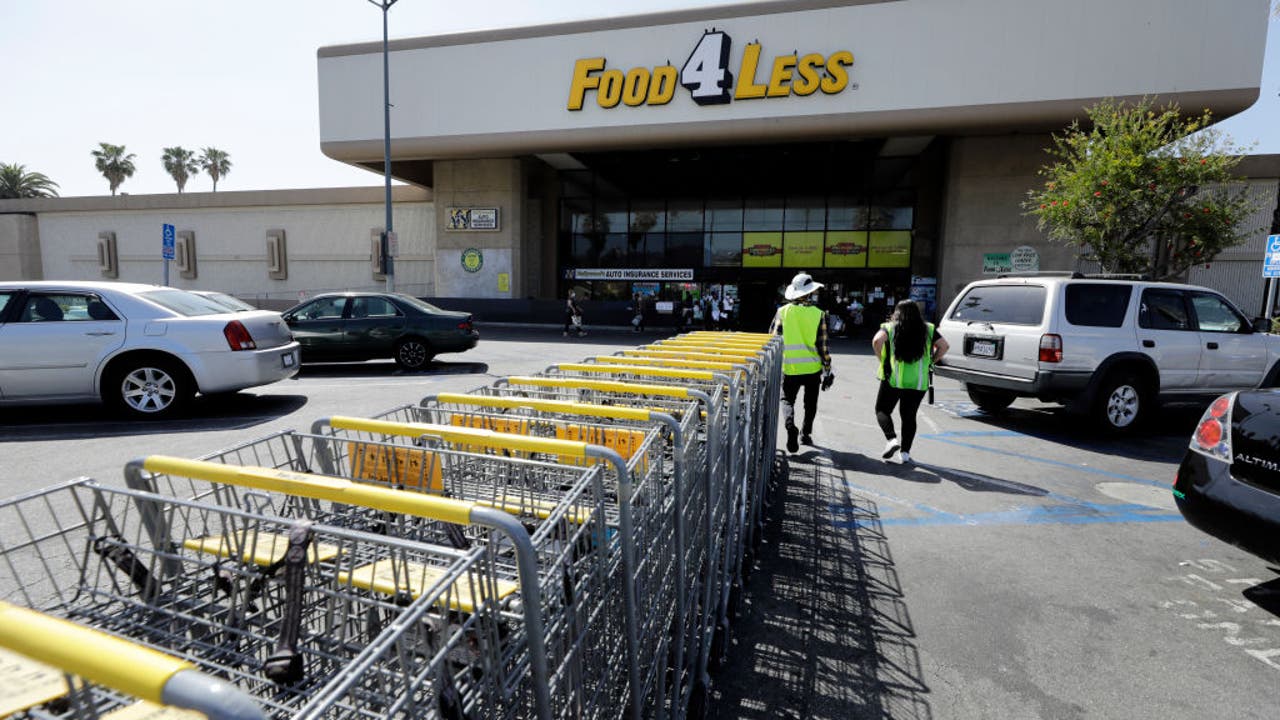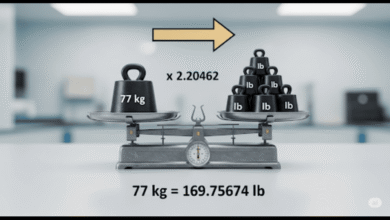Food 4 Less Jobs: How to Start a Career in Retail with One of America’s Budget Grocery Leaders

If you’re looking for an entry point into the retail or grocery industry, Food 4 Less jobs offer a promising start. Known for its affordable prices and no-frills shopping experience, Food 4 Less is more than just a supermarket chain—it’s a workplace that values teamwork, customer service, and career growth.
Whether you’re looking for a part-time role while in school or aiming to grow into retail management, Food 4 Less might have the right opportunity for you.
About Food 4 Less
Food 4 Less is a warehouse-style grocery chain operated by Kroger, one of the largest supermarket companies in the United States. With locations across California, Illinois, Indiana, and a few other states, the brand is known for offering customers significant savings by focusing on efficiency and self-service.
But behind the shelves are the people who make it all run—cashiers, stock clerks, managers, and support staff working together to keep stores running smoothly.
Why Work at Food 4 Less?
There are several reasons why Food 4 Less jobs are worth considering:
- Entry-level friendly: No experience? No problem. Many positions offer on-the-job training.
- Flexible scheduling: Ideal for students or people looking for a second job.
- Growth potential: Many current managers started as hourly employees.
- Employee benefits: Eligible employees receive benefits such as health insurance, retirement plans, and paid time off.
- Union representation: Many roles are represented by unions, which means collective bargaining rights for pay, benefits, and scheduling.
Common Food 4 Less Jobs
Here are some of the most commonly available positions at Food 4 Less:
1. Cashier
- Scanning items, processing payments, and assisting customers.
- Requires friendly communication and basic math skills.
2. Courtesy Clerk
- Bagging groceries, collecting carts, and helping customers to their cars.
- A good starting point for teenagers or first-time workers.
3. Grocery Clerk / Stocker
- Restocking shelves, organizing displays, and inventory management.
- Requires attention to detail and physical stamina.
4. Deli/Bakery Associate
- Preparing fresh food, handling customer orders, and maintaining cleanliness.
- Good for those with food prep experience or a passion for customer service.
5. Management Roles
- Assistant Manager, Department Manager, and Store Manager positions offer leadership opportunities.
- Requires previous experience and strong team management skills.
How to Apply for Food 4 Less Jobs
Applying is simple:

- Visit the official careers page: Go to https://jobs.kroger.com
- Search “Food 4 Less” and filter by location and job type.
- Create a profile and complete the online application.
- Assessment tests: Some positions may require a personality or skills assessment.
- Interview: If selected, you’ll be contacted for an in-person or phone interview.
Pro Tip: Apply to multiple stores in your area to increase your chances of being hired quickly.
Pay and Benefits
While wages may vary by state and position, here’s a general breakdown:
| Position | Average Hourly Pay |
|---|---|
| Cashier | $13 – $16/hour |
| Stocker | $14 – $17/hour |
| Deli Associate | $14 – $18/hour |
| Assistant Manager | $19 – $23/hour |
| Store Manager | $25 – $35/hour+ |
Benefits (for eligible employees):
- Medical, dental, and vision insurance
- 401(k) retirement plan
- Employee discount
- Paid vacation and holidays
- Union protection (in many locations)
Career Growth Opportunities
Many employees at Food 4 Less start at the entry level and move up into supervisor or management roles. Kroger, the parent company, offers cross-store mobility, meaning you can move to other Kroger-owned stores (like Ralphs, Fred Meyer, or King Soopers) to further your career.
FAQs About Food 4 Less Jobs
Q1: How old do you have to be to work at Food 4 Less?
A: The minimum age is generally 16 years old, but some positions (like equipment operators or deli workers) may require you to be 18 or older.
Q2: Do I need previous experience to apply?
A: No! Many entry-level jobs require no prior experience. Training is provided on the job.
Q3: Is Food 4 Less a union job?
A: Yes, most store-level positions are unionized, which helps ensure fair wages and consistent scheduling policies.
Q4: How long does it take to get hired?
A: Typically, the hiring process takes 1 to 2 weeks, depending on how quickly interviews and background checks are completed.
Q5: Does Food 4 Less drug test?
A: Policies may vary by location and position, but drug testing is common for safety-sensitive roles.
Q6: Are there benefits for part-time workers?
A: In many cases, yes. While full-time employees receive full benefits, part-time employees may also be eligible for limited benefits depending on union rules and state laws.
Q7: Can I move into management at Food 4 Less?
A: Absolutely! Food 4 Less values promoting from within, and many store managers started out as cashiers or clerks.
Final Thoughts
If you’re looking for a stable, entry-level job with room to grow, Food 4 Less jobs are a great option. With flexible hours, competitive pay, and opportunities for advancement, it’s a smart first step into retail or long-term career in grocery management.
Whether you’re just entering the workforce or looking for a change, Food 4 Less has a spot for you—apply today and take the first step toward your next opportunity.




